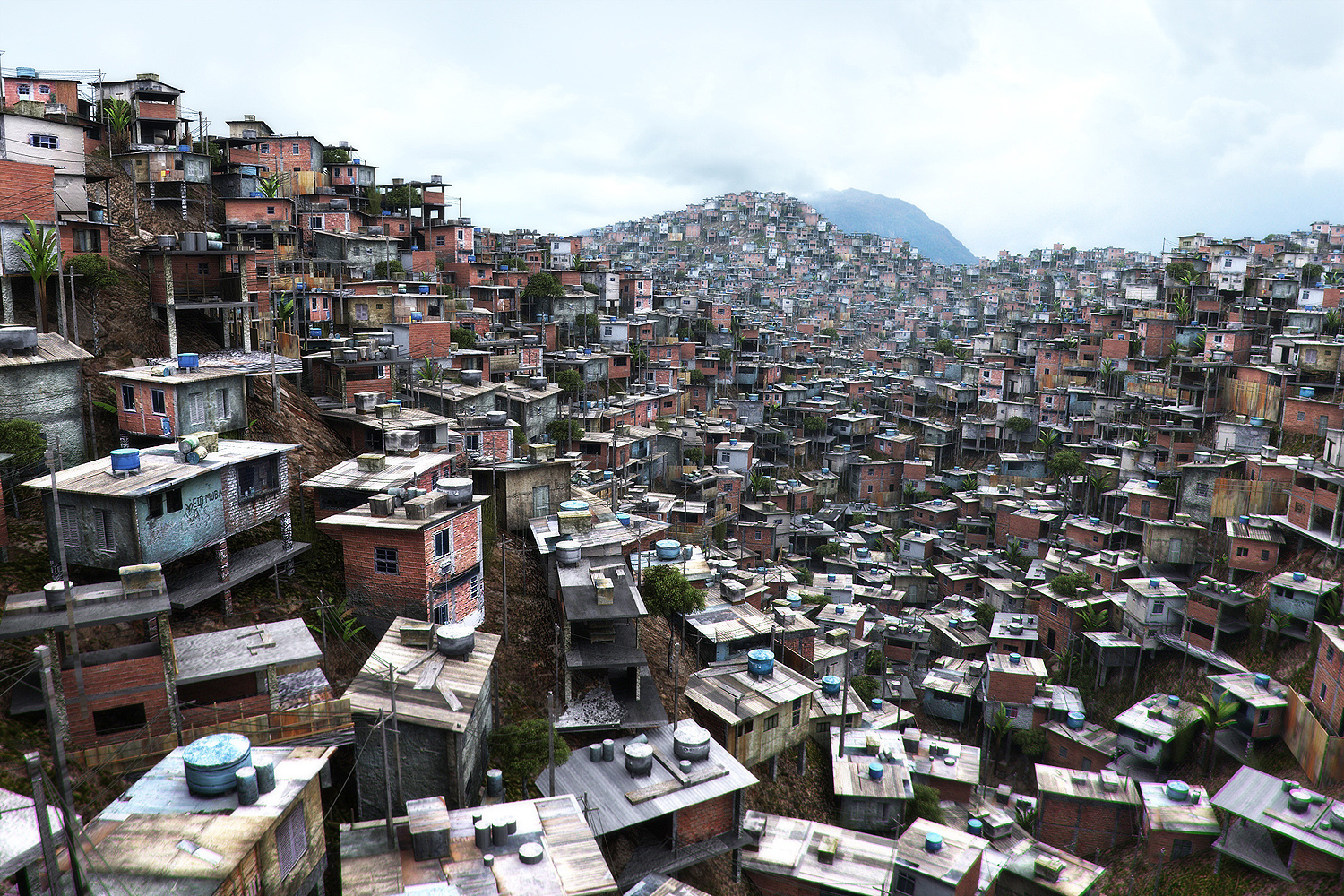
The aim of this work was the analysis of the book “Space is the machine” by Bill Hillier. This study includes contemporary interventions based on the concepts showed in the book and the critical analysis as conclusions.
Fundamental concepts:
• Buildings and cities are complex networks of space which support activities, movement and interaction.
• “Space is the machine” shows tools and techniques to understand the abstract interaction network from cities and buildings.
• Abstract networks are structured in the spatial patterns and people’s behavior. At the first sight spatial configuration could seems disorganized and complex, but everything can be measured, counted and graphically interpreted.
• The complete analysis and comprehension of the form and function of cities and buildings gives the necessary elements to make decisions about design.
• In this book, the method of design based on functionalism is highly questioned, because the spatial activities and forms cannot be assumed as general patterns for all the locations.
• At the end “Space is the machine” proposes to architects the challenge to design and make architecture based on scientific and meticulous knowledge of a particular space.
Practical interventions:
Jeddah: The regeneration of the center of Jeddah
• The strategy implemented for the re structuration of the center of Jeddah City is an example of the real application of concepts explained in “Space is the machine”. Final results are being studied right now, but the first analysis is the important.
• Jeddah is a complex city with different environmental, cultural and economical backgrounds. The city has a fragmented structure that affects specially the social behavior of the inhabitants.
• Advanced spatial diagnostic methodology was developed to show the structure of the exiting city and the unplanned settlements around. This exercise helps to understand the configuration of the space and its interaction with people.
• Based on this analysis, a strategy was decided upon to realign and link the smaller fragments to the larger structure of city-wide routes. This solution is being implemented in the city as part of the master urban plan.
Conclusions:
• “Space is the machine” provides “non-discursive techniques” to obtain information about how the spatial configuration of a city or building works. However, a city is a constantly changing organism that produces new information through time.
• The time is variable not considered through the study proposed by “Space is the machine”. Time should be involved in the analysis of the spatial configuration at any scale. The spatial configuration of cities should be understood from real time data, because cities are under constant dynamics of interaction between space.
• Also, the analysis should include spaces and functions at any scale, form the unplanned settlements to entire continents. The range between buildings and cities is limited.
Bibliographic References:
Hillie, Bill. 2004, 2007. Space is the machine. London: Space Syntax e-edition.
http://www.slideboom.com/presentations/78303/Using-space-syntax-to-regenerate-the-historic-centre-of-Jeddah
Refer to: Space_is_the_machine




